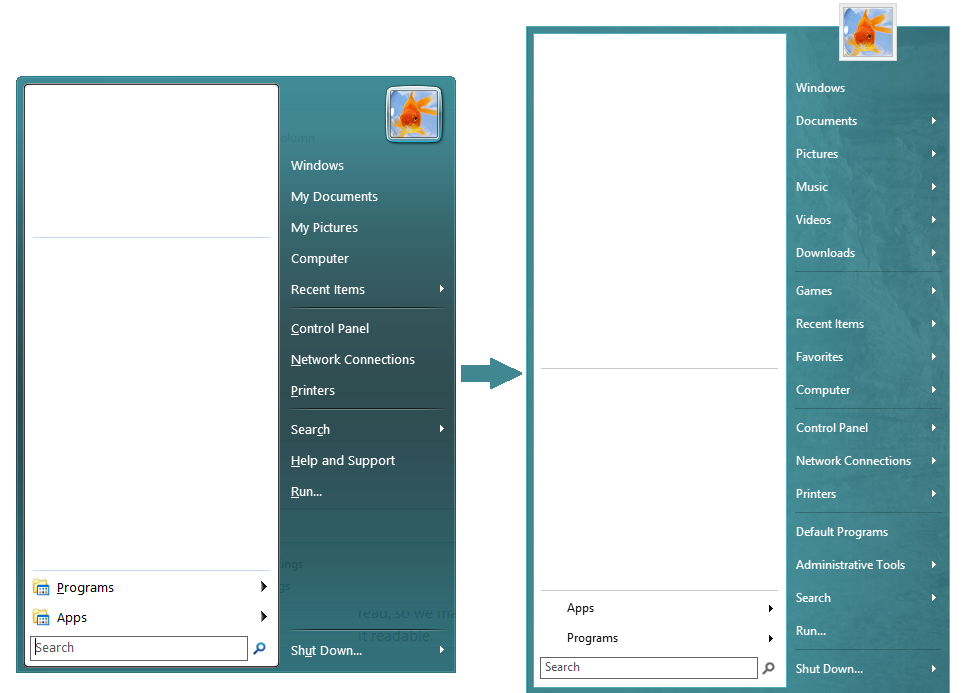As you may know, Windows Vista introduced some major changes to the security model of Windows, including User Account Control. What UAC does is introduce the concept of apps having the least privilege - only enough permissions that apps need to run should be granted to them and not full admin permissions, because if malware or bad apps run as admin, they can pretty much do any damage to your OS.
However, thanks to UAC, the user experience gets spoiled slightly and decades-old Windows users who were not used to this concept or who were not explained why it was introduced were bewildered when they migrated from Windows XP. They didn't understand why they were asked to confirm any action that does system level changes to their PC. One such application that shows considerable amount of UAC prompts if you are running Windows with the highest level of the UAC setting is File Explorer (formerly known as Windows Explorer). While Explorer does not show that many UAC prompts at the default UAC setting, the default UAC setting is not 100% foolproof. It is only secure against apps that assume admin level privileges to do bad things.

